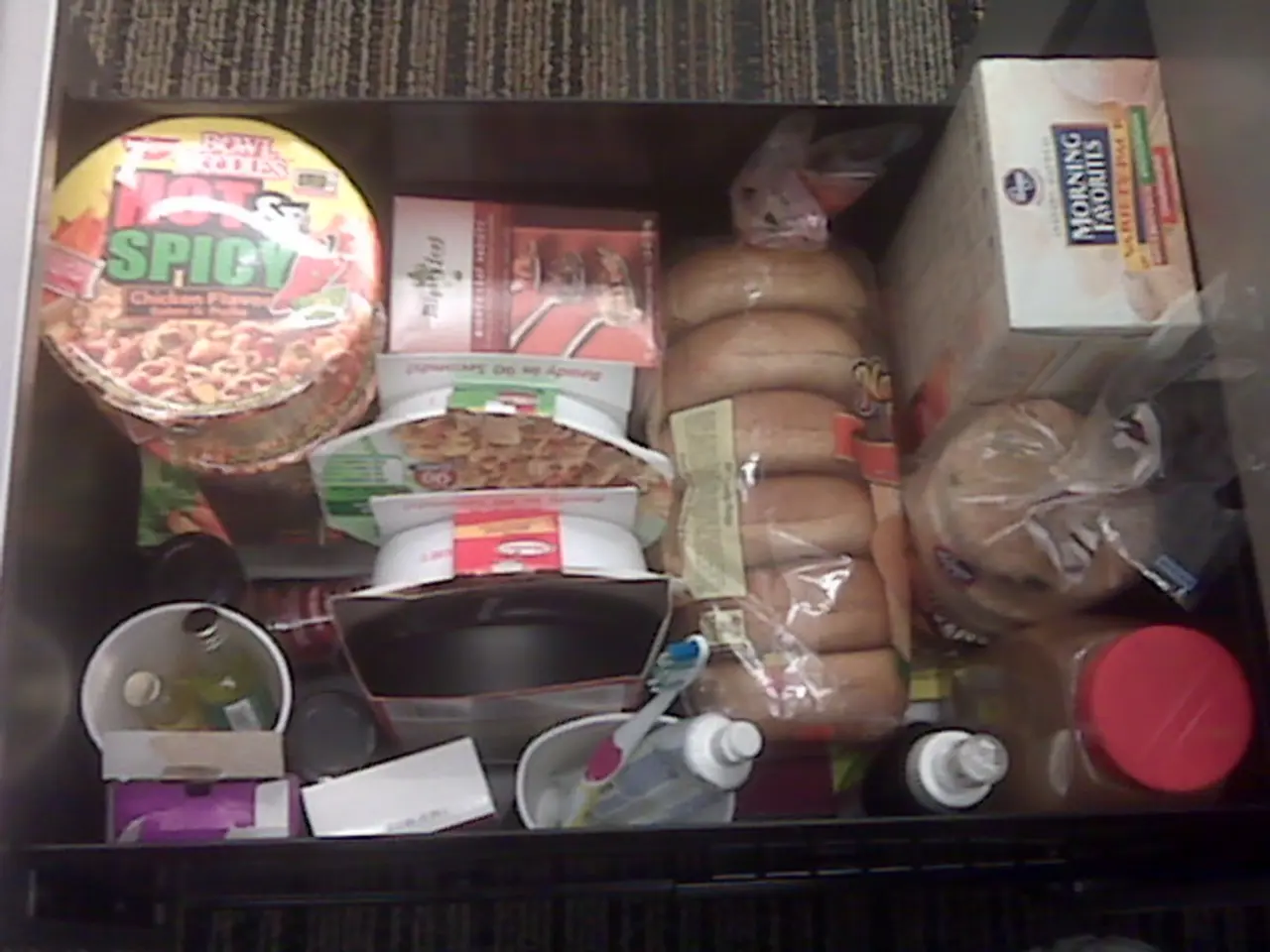Preparing your automobile's emergency survival kit: necessities to include
In today's fast-paced world, it's crucial to be prepared for the unexpected, especially when it comes to car breakdowns. Here's a guide to assembling a car safety kit, a collection of essential items that can help you navigate through various emergencies.
Firstly, visibility during roadside emergencies is paramount. A hi-vis safety vest and reflective triangle can make all the difference. Wearing a hi-vis vest can help make you more visible to oncoming traffic, while placing the reflective triangle between 30 and 50 metres behind a stopped vehicle can give motorists extra time to spot the roadside hazard, particularly in low visibility conditions.
A comprehensive car safety kit should include items like a torch, bottled water, non-perishable food, a mobile phone with charger, a handheld torch with spare batteries, and a power bank. These items are essential for dealing with situations in the dark or long wait times.
A car owner's manual is another essential item. It provides important information about the car, including symbols on the dashboard and maintenance instructions. It's also crucial to check your spare tyre's inflation at least every six months to ensure it's roadworthy. Having a roadworthy spare tyre in your car will allow a roadside assistance expert to quickly and easily change a flat tyre.
Jumper leads are another important addition to your safety kit. They are used to jump-start a car battery if it's flat or dead. Remember, maintaining an active roadside assistance membership is inexpensive and can save you a lot of trouble if you break down. Common issues include flat batteries, flat tyres, running out of petrol, or getting locked out of your car.
In addition to these practical items, it's wise to include a first aid kit in your car. A basic first aid kit should include gloves, antiseptic wipes, band-aids, bandages, gauze, dressing pads, and painkillers. A quality blanket or picnic rug can be used to stay warm in cold weather, erect as a shade canopy in summer, or protect against broken glass.
Lastly, a fire extinguisher can be used to prevent a small fire from becoming unmanageable, but remember not to attempt to put out any unmanageable fires or stay at the scene if your safety is at risk.
By assembling a car safety kit and maintaining an active roadside assistance membership, you're taking a proactive step towards ensuring your safety and the safety of others on the road. Stay safe, and happy motoring!




